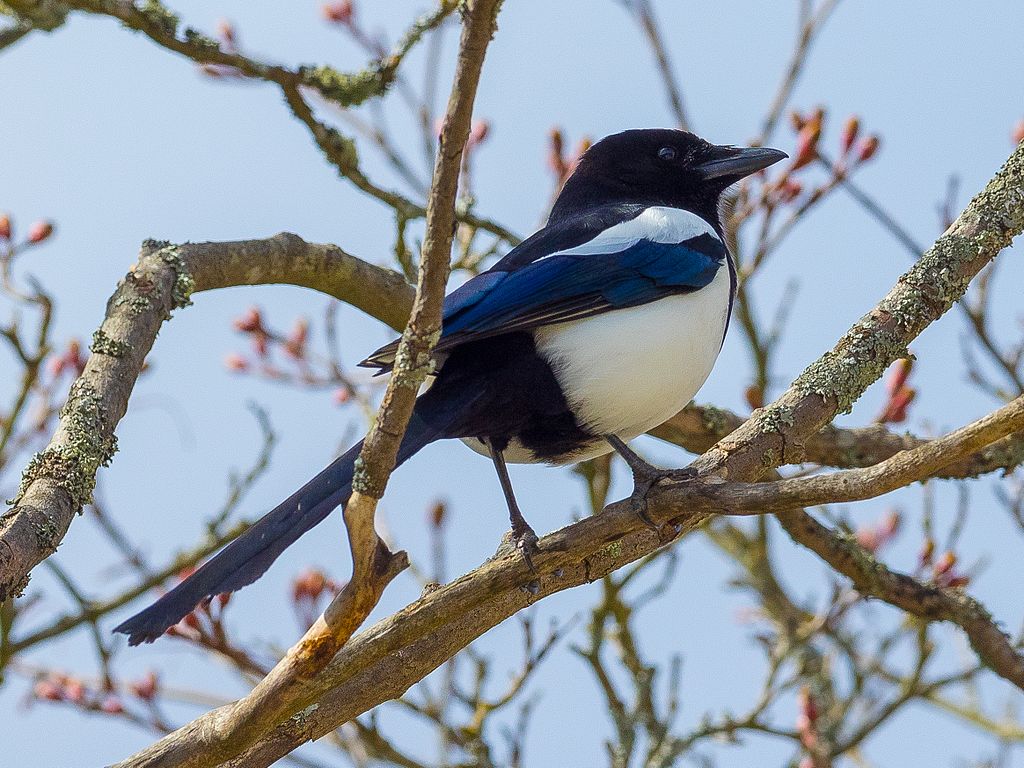If you had to pick the most “instagrammable bird” in the world, you probably wouldn’t go for the frogmouth (Podargus strigoides) — a nocturnal bird found in Australia and Southeast Asia that is often mistaken for an owl.
But science says otherwise. A study
analyzed almost 27,000 photos of birds across Instagram accounts with a
combined following of 3.5 million users and found the unassuming frogmouth took
the top spot in the ranking.
“It just does not look
like any other bird, with its almost anthropomorphic facial features,” lead researcher
Katja Thommes, a psychologist from the University of Konstanz in Germany, told BBC. “And
frogmouths are quite rare. Even in our 20,000-image database, it featured only
65 times.”
Thommes and a group of German
researchers were curious to see what makes a great bird photo. They found that
despite popular belief, appeal has little to do with conventional notions of
beauty. We might “like” a photo over a bird’s color or some specific appealing
feature, but oftentimes, the more unusual an animal looks, the more people
respond to it — and the more interest it draws.
To see which bird would likely raise the most interest on
Instagram, the researchers used a method called Image Aesthetic Appeal (IAA),
which is based on the liking behavior in Instagram. In a nutshell, the method
computes a measure of aesthetic appeal based on the number of likes. The score
normalizes absolute numbers of likes for time and reach, that is, for how many
people have presumably seen an image.
“I thought this method, the I.A.A. score, will be a great
tool to investigate bird photographs in terms of aesthetic appeal and inform
people which birds are the most photogenic,” Gregor Hayn-Leichsenring, the
study’s co-author, told The
Guardian. “Or possibly, I just wondered why nobody likes my own bird
photographs.”
Instagram is home to numerous bird-focused accounts, and
the platform hosts a constant stream of bird photographs with several hundred
thousand followers. For the study, the researchers picked nine of the largest
bird accounts and collected a total of 27,621 images, calculating IAA scores
for each of them and extracting the species of each bird.
The surprising winner in the
ranking was the frogmouth, which the researchers see as poetic justice,
considering it was once named the world’s “most unfortunate-looking bird.”
Well, there is some karma in the world.
These stocky and disheveled birds have piercing yellow eyes
and wide, hooked beak, which gives them their name.
“They look perpetually angry,” Tim Snyder, the curator of
birds at the Brookfield Zoo in Chicago, told the New York Times. “The look on
their face just looks like they’re always frustrated or angry with you when
they’re looking at you, and that’s just the makeup of the feathers and the way
their eyes look and everything. It’s kind of funny.”
Other birds high up in the
ranking are colorful pigeons with decorative plumage, the emerald turaco (Musophagiformes) with its crown-like head feathers,
and the hoopoe also wearing a distinct feather crown and showing off typical
high-contrast feathering. Magpies (Corvidae) and broadbills (Myiagra) also ranked high on the Instagram list.
On the low end, the researchers found two types
of seabirds, the sandpipes (Scolopacidae) and the oystercatcher
(Haematopodidae). Storks (Ciconiiformes) and vultures (Falconiformes) also
complete the team of the not-so-appreciated birds. You can read the full list here.
“The ranking of bird
families demonstrates that the IAA score is not necessarily tied to the beauty
of the depicted bird. Presumably, interestingness, idiosyncrasy, and the
situational context all play their part in the aesthetic appeal of bird photos
to the human observer,” the researchers wrote.
While the study didn’t focus on this, perception
matters for conservation purposes. Simply put, more popular animals get the
attention, while less popular ones are
left behind. By analyzing which animals are more popular,
researchers can make sure they also receive the much-needed conservation
attention.
The study was published in the journal
i-Perception.




Comments
Post a Comment